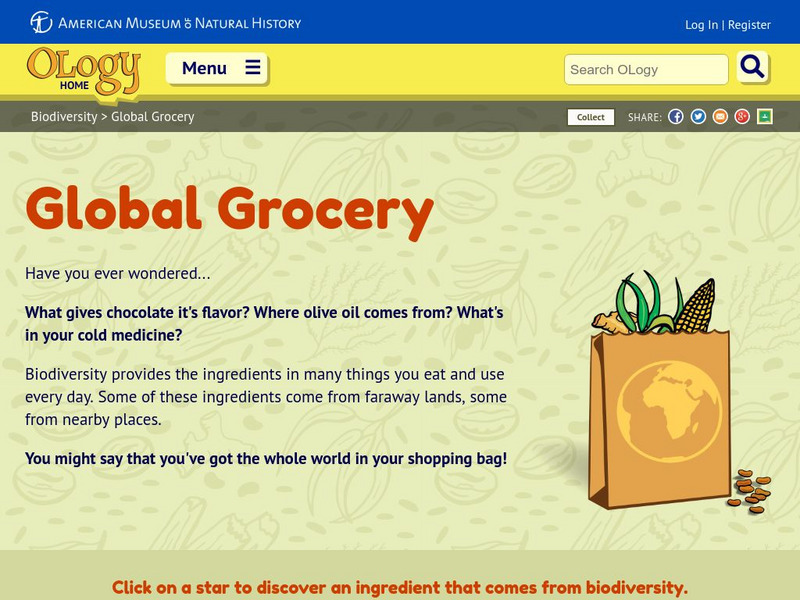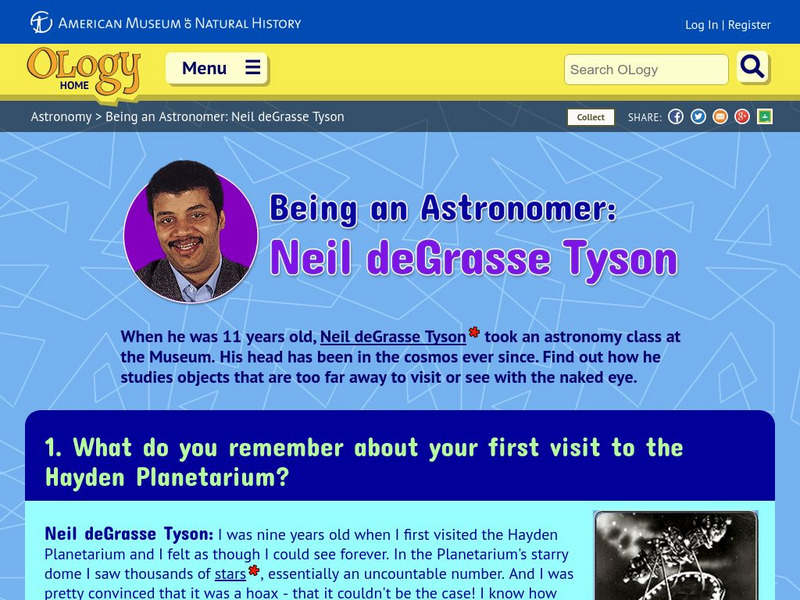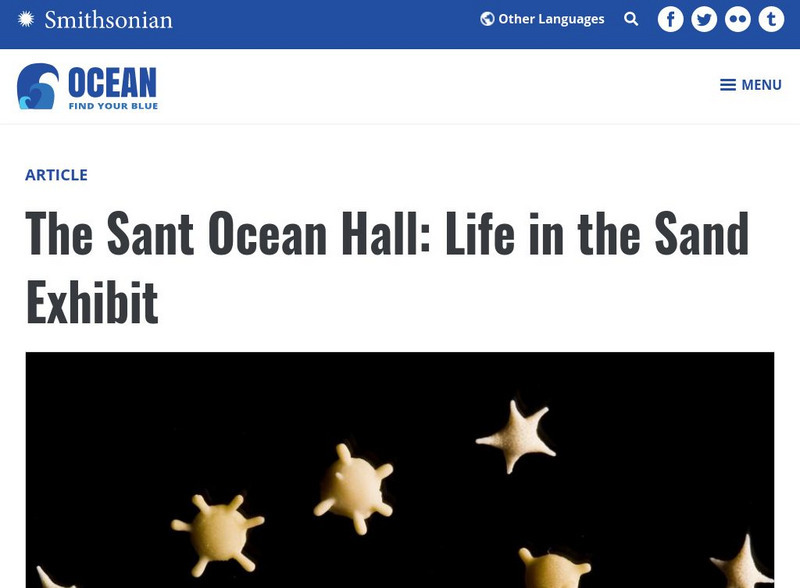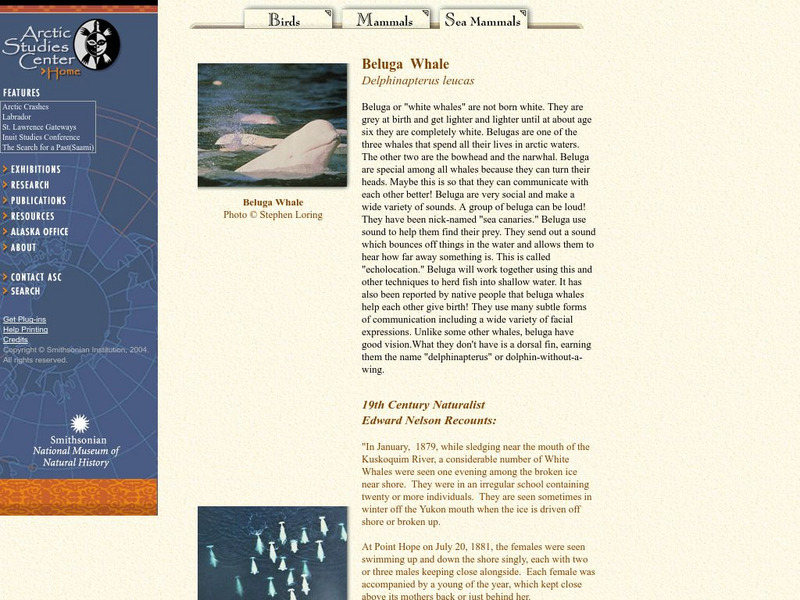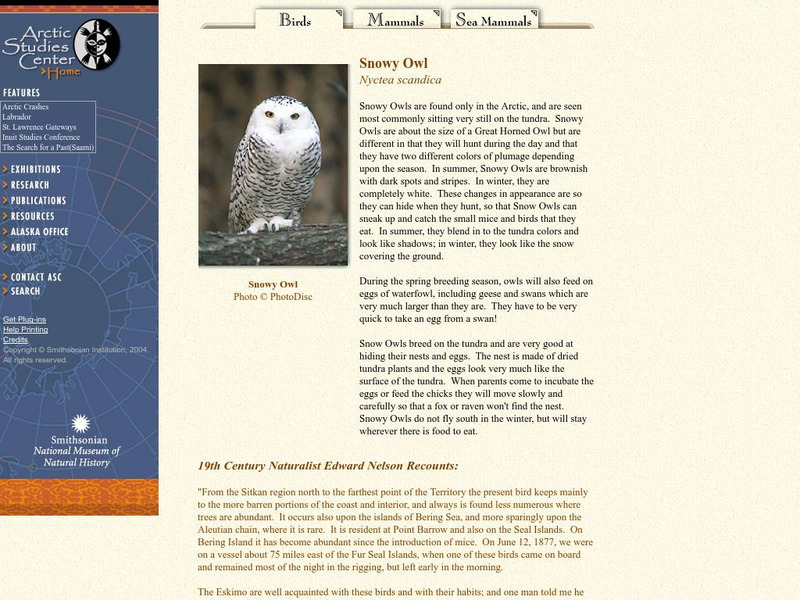American Museum of Natural History
American Museum of Natural History: Big Bang Ology Card
Flip this interactive card to start learning about the Big Bang. Answer multiple-choice and fact-or-fiction questions and review some fast facts about this giant explosion that began the Universe billions of years ago.
American Museum of Natural History
American Museum of Natural History: Broad Tailed Swallowtail O Logy Card
Flip this interactive OLogy card to find questions and answers, fast facts, and other bite-size pieces of information to help you understand important characteristics of the Broad-tailed Swallowtail, the national butterfly of Taiwan.
American Museum of Natural History
American Museum of Natural History: Saturn O Logy Card
Flip this interactive card to start learning about the planet Saturn. Answer multiple-choice and fact-or-fiction questions and review some fast facts about the second largest planet in our solar system.
American Museum of Natural History
American Museum of Natural History: Apatosaurus Excelsus O Logy Card
Flip this interactive card to start learning about the long-necked Apatosaurus Excelsus. Answer multiple-choice and fact-or-fiction questions and review some fast facts about this herbivorous dinosaur.
American Museum of Natural History
American Museum of Natural History: Huayangosaurus Taibaii O Logy Card
Flip this interactive card to start learning about the dinosaur, Huayangosaurus Taibaii. Answer multiple-choice and fact-or-fiction questions and review some fast facts about this primitive stegosaur.
American Museum of Natural History
American Museum of Natural History: Gobi Expeditions O Logy Card
Flip this interactive card to start learning about Gobi Expeditions. Answer multiple-choice and fact-or-fiction questions and review some fast facts about this expedition where paleontologists and scientists gather to collect Cretaceous...
American Museum of Natural History
American Museum of Natural History: Cretaceous Period O Logy Card
Flip this interactive card to start learning about the Cretaceous Period. Answer multiple-choice and fact-or-fiction questions and review some fast facts about this period that marked the end of the line for all non-avian dinosaurs.
American Museum of Natural History
American Museum of Natural History: Kryptobaatar O Logy Card
Flip this interactive OLogy card to find questions and answers, fast facts, and other bite-size pieces of information to help you understand important characteristics of the Kryptobaatar, a prehistoric mammal.
American Museum of Natural History
American Museum of Natural History: The Endurance
Learn about Ernest Shackleton's ill-fated voyage to Antarctica aboard the "Endurance" and about the amazing rescue that followed, after the expedition was forced to abandon ship. Uses actual expedition photographs and diary entries to...
American Museum of Natural History
American Museum of Natural History: O Logy: Global Grocery
Did you ever wonder where tapioca pudding comes from? Did you know that cacao beans were once used as money? Learn about the human uses of plants (to make common foods and medicines) at the Global Grocery.
American Museum of Natural History
American Museum of Natural History: O Logy: Marine Biology
Learn about marine biology, life in the ocean. It defines marine biology and provides links to games, stories, videos, and hands-on activities on the topic.
Smithsonian Institution
National Museum of Natural History: The Splendor of Diamonds
Describes past exhibition of some of the finest gems in the world, this collection of precious diamonds includes several rare and valuable stones.
American Museum of Natural History
American Museum of Natural History: O Logy: What Do You Know? Horses
A quick way to learn horse vocabulary. Students take an interactive quiz, check their answers, and then read why each answer is correct or incorrect.
American Museum of Natural History
American Museum of Natural History: Resources for Learning: Frames of Reference
Use this interactive physics simulation to determine how perception of motion changes with the frame of reference. The simulation introduces the principles of motion with respect to frame of reference.
American Museum of Natural History
American Museum of Natural History: O Logy: Archaeology: Clues From the Past
This resource is a place for learning all about archaeology - archaeological fieldwork, field journals, tools of the trade, and interesting archaeological sites and discoveries. Explore, ask questions, find information, and meet...
University of Oxford (UK)
Oxford University Museum of Natural History: The Learning Zone: Fossils
This excellent website walks students through the basics of understanding fossils. It emphasizes that most common fossils would be invertebrates and, after learning more about these life forms, students can choose to take a quiz. The...
American Museum of Natural History
American Museum of Natural History: O Logy: Fighting Dinos: New Discoveries
A virtual investigation surmising how two fighting dinosaurs died in the Gobi Desert.
American Museum of Natural History
American Museum of Natural History: O Logy: Meet the Astronomer: Neil Tyson
Interview with astronomer Neil de Grasse Tyson provides insights into his research interests, his career preparation, and a range of astronomy-related topics.
Smithsonian Institution
National Museum of Natural History: Ocean Portal: Life in the Sand
This article is the companion to the exhibit on Oceans at the Smithsonian. There is good information about sand, microscopic life in the sand, and problems that people cause on our beaches.
Other
Florida Museum of Natural History: The Gopher Tortoise
Details surrounding the habits of the gopher tortoise are discussed in this resource by The Gopher Tortoise Council. The problems facing this tortoise are listed and potential solutions are outlined.
University of Florida
Florida Museum of Natural History: Fish Adaptations
This site has pictures that illustrate the many ways fish have adapted to make the most of life in their environments. The explanations are short and easy to understand.
University of Florida
Florida Museum of Natural History: How to Avoid Shark Attacks
All you ever want to know to avoid being attacked by a shark. Full of lots of good safety tips and information.
Smithsonian Institution
National Museum of Natural History: Beluga Whale
This site provides a general overview of the Beluga Whale, complete with the personal observations of 19th Century Naturalist, Edward Nelson.
Smithsonian Institution
National Museum of Natural History: Snowy Owl
This Smithsonian website has a brief, but thorough, article on the Snowy Owl that also includes a picture and an extensive quote from the 19th Century naturalist Edward Nelson.











